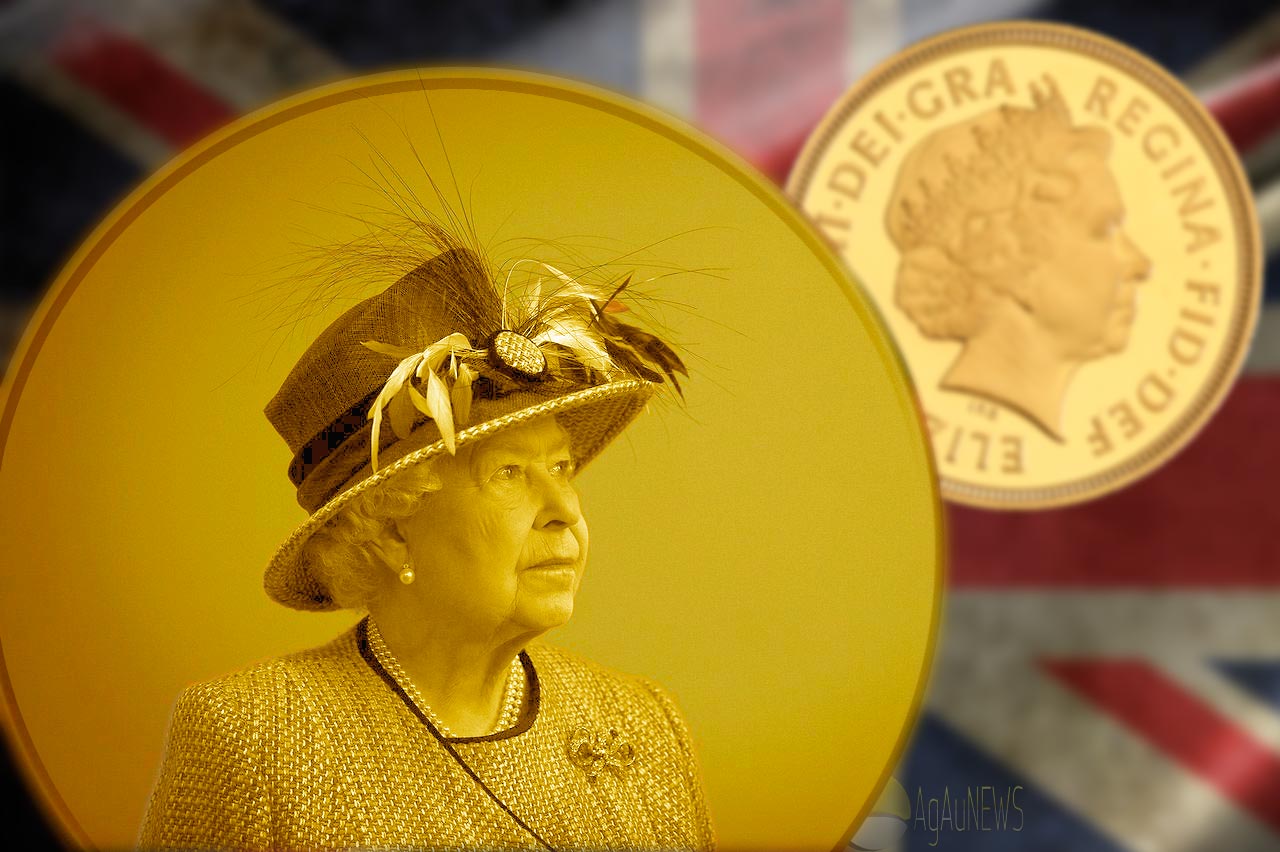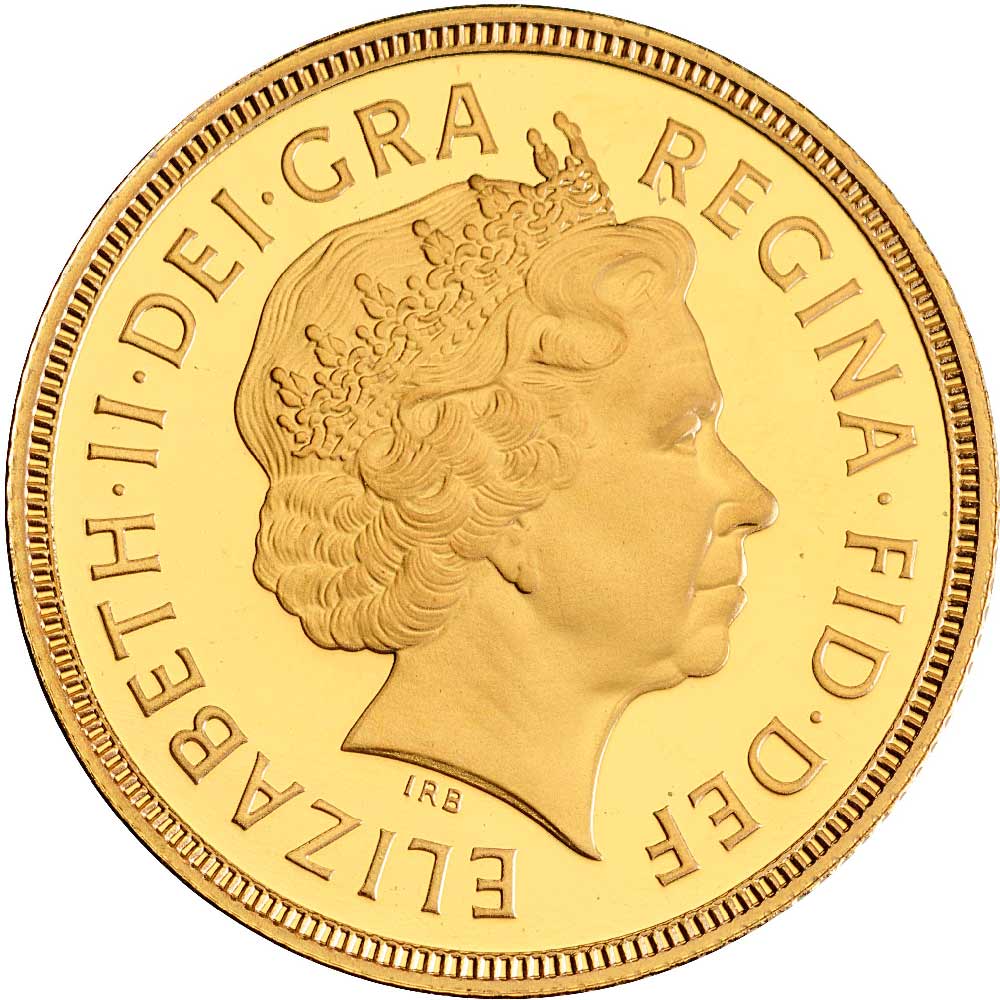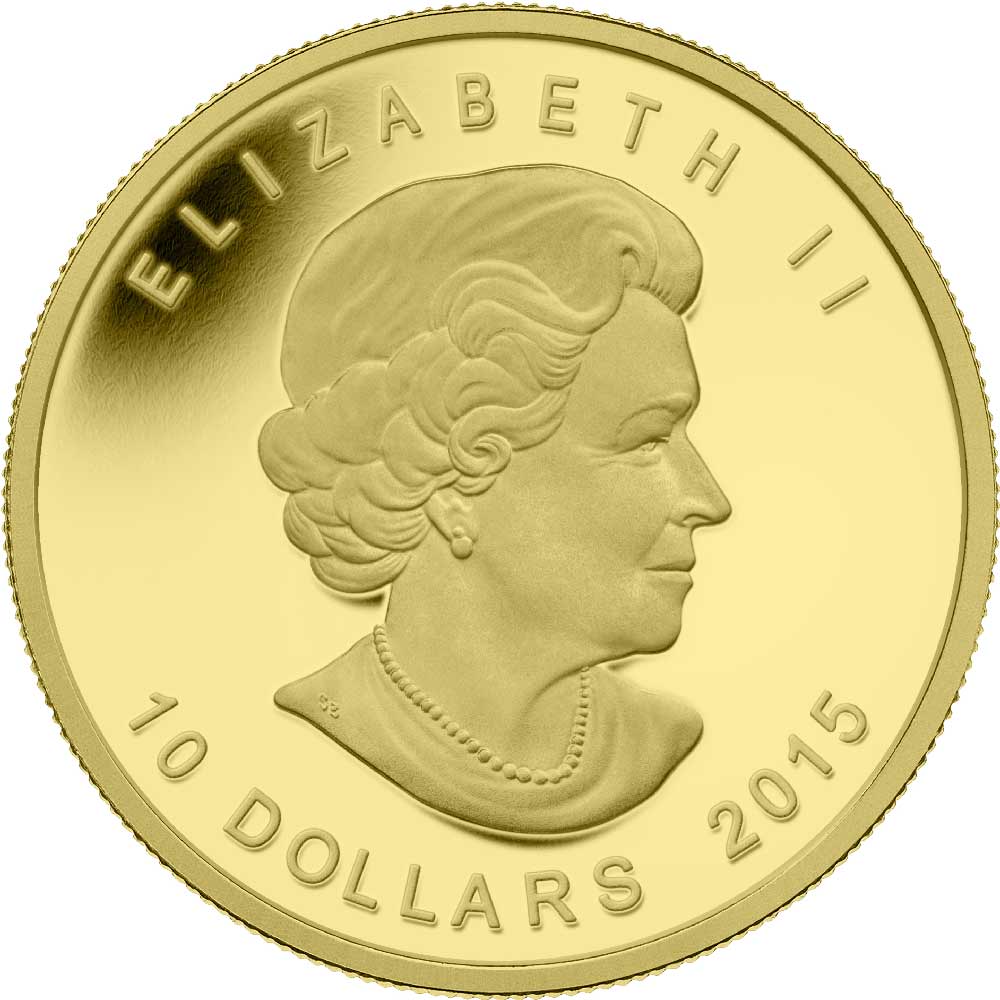It isn’t often that a king or queen reigns long enough to have multiple portraits on the obverse of their nations coinage, but with Queen Elizabeth II less than a year away from being Britain’s longest serving monarch, it comes as no surprise that we’re about to see the fifth design of her reign.
With the new portrait to be chosen in a closed competition commissioned by the Royal Mint Advisory Committee (RMAC), competing designs are submitted under anonymous cover for consideration before the RMAC makes its final choice. It’s been sixteen years since the last change in 1998 when Ian Rank Broadley’s design was chosen and it’s to that old stalwart of British coinage, the Gold Sovereign, that the changeover will have its greatest numismatic impact.
All 2015 sovereigns struck in 2014 will carry the current Broadley design, but any actually struck in 2015 will appear with the new portrait. This will make 2015 a vintage year for Sovereign aficionados.
1953-1967 MARY GILICK
In 1952, Princess Elizabeth became Queen Elizabeth II, and the first coins of Her Majesty’s reign were struck. The first definitive portrait of The Queen was created by Mary Gillick, a British sculptor born in Nottingham, England in 1881. Gillick captured the promise of the young Queen, wishing to reflect Her Majesty’s youthfulness rather than a perfect likeness of physical age.
Her portrait echoed the classical, with The Queen wearing a wreath of laurel, rather than the crown we are so used to seeing today. The portrait was attractive and idealised, far from photographic, and very different in style to the more realistic portraits that would follow.
1968-1984 ARNOLD MACHIN
Preparations for decimalisation began secretly in 1962, with the coinage needing a whole new suite of designs, including a more current portrait of The Queen, who had now reigned for 15 years. Sculptor Arnold Machin, born in Stoke-on-Trent, England in 1911, was selected from initial designs and would go on to model his portrait of The Queen in two sittings to perfect his effigy.
Unusually, although still in side-profile, The Queen is seen almost from the back, perhaps prompting John Betjeman’s judgment of the portrait as a little “racy”. Machin was clear on his aim; “To produce a design with charm and dignity and yet without sentimentality.”
No sovereigns were struck from 1968 to 1974, so the first to carry the Machin portrait debuted in 1974.
1985-1997 RAPHAEL MAKLOUF
Raphael Maklouf was born in Jerusalem in 1937 and came to Britain after the Second World War. His was the third definitive portrait of The Queen, it first appeared in 1985. It was a formal depiction and was ‘couped’ (or cut-off) above the shoulders for the first time in The Queen’s reign.
Machin was proud to report that, “Her Majesty exclaimed that I took less time to complete the portrait in front of her eyes than it sometimes took photographers to get the right lighting and take the photographs.”
1998-2015 IAN RANK BROADLEY
The fourth definitive coinage portrait was adopted in 1998 and has adorned British coins until the introduction of the fifth portrait that is launched in 2015. It was created by British sculptor Ian Rank-Broadley FRBS, who was born in Surrey, England.
His design was strong and took many months to complete, but Ian Rank-Broadley felt, “It was essential to the integrity of the project for the portrait to be a recognisable one, and not over-idealised.”
ROYAL CANADIAN MINT PORTRAITS
The Royal Canadian Mint is unique in commissioning its own portraits to be carried on Canadian coinage, and there have been two to date. Despite starting with the Machin portrait, in 1990 the first Canadian design (left) by Hungarian-Canadian sculptor Dora de Pedery-Hunt debuted, and lasted until 2003.
In 2003, after a competition amongst nine artists, a new portrait by Susanna Blunt (right) first appeared on the obverse of Canadian coins, and remains current. It’s highly unlikely the new Royal Mint design will supplant the Blunt portrait.









Hi Mik,
Can you please tell me what you know about the issue of commonwealth countries having a certain degree of discretion when it comes to which effigy they use? Thanks very much.
Hi Louis,
To be honest, it’s something I’ve been meaning to write up on for ages, but haven’t found the time yet. I wouldn’t be surprised if it’s the actual mint that determines the portrait used through whatever rights they currently have. If a country wants a specific portrait they could probably get it, but my money would be on the mint being the decider with the small Commonwealth countries, and the issuing state with the bigger ones like Australia, Canada and New Zealand.